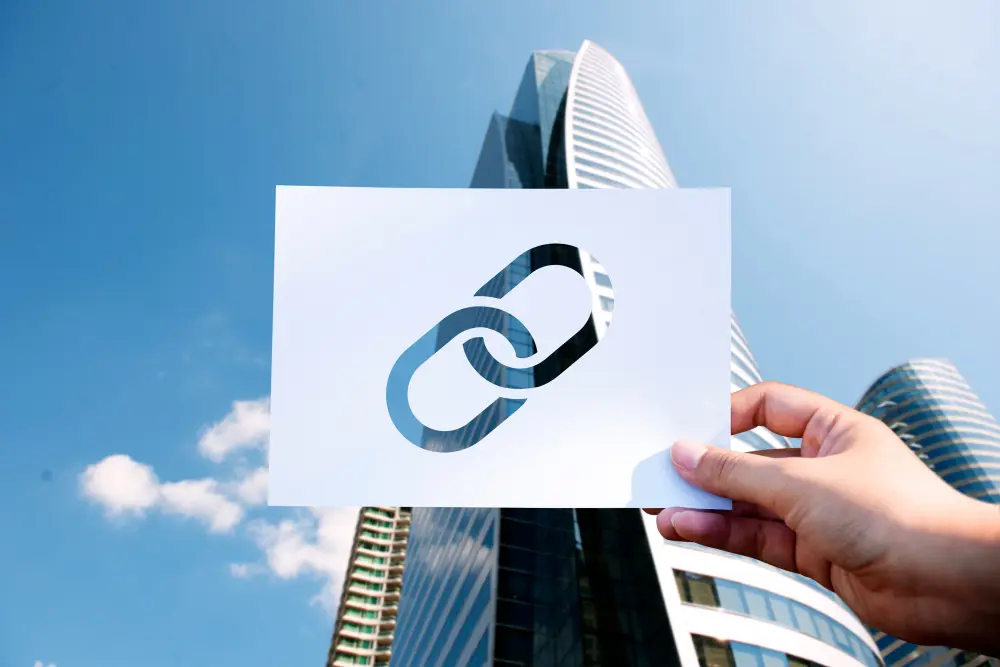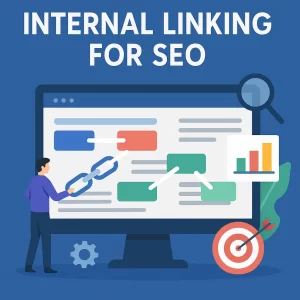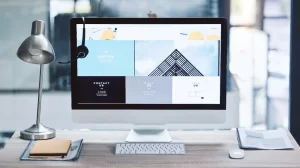As a business owner, you might know the importance of internal linking as one of the best on-page SEO practices for ranking your website. Internal linking allows search engines and users to know the structure and content of your website. You cannot overlook the internal linking strategy, as it improves the user experience and website ranking. In this blog, let us understand more about internal linking strategies to enhance SEO.
What is internal linking SEO?
First of all, internal links are the easiest way to navigate through your site, as these links direct users to another relevant page in your domain using anchor texts. Those highlighted clickable texts that appear in a different color give value to your website. Internal links help users and search engine bots find relevant and related content. It is the best on-page SEO practice to boost user experience and ranking.

Types of Internal Links
You can find various internal links on a website. They are strategically placed in different locations on your page for SEO.
- Navigational links: The navigational links are placed in the header section of the website to improve user experience. The visitors of the website can find important information on the site from the navigational links. These include the about page, product/services page, contact us page, etc. Sidebar links also come under navigational links, positioned at the side of the webpage.
- Contextual links: Contextual links are found inside the content of a webpage. It helps users to easily access more detailed information, like blogs or articles, on a specific page. These links can also be used to promote the product or services.
- Footer links: You can find footer links at the bottom of a webpage in the footer section. It is placed at the end of a page to help users easily find necessary information like careers, blogs, etc.
- CTA links: The call-to-action links are placed on the web page to convert visitors to customers. It directs users to sign up, purchase a product, or send a message to the business firm.
How does internal linking help SEO?
Internal linking for SEO increases the visibility and ranking of the website in various ways.
- Website Architecture
A well-organized website with an appropriate structure is important for the search engines to improve the ranking of your site. Internal links enhance the overall hierarchy of your website.
If you have an e-commerce site, internal linking is used to connect the home page to the category page, which directs a visitor to the product page. So, it gives a proper structure to the website. Internal linking is necessary to create topic clusters to group related topics.
- Crawling and Indexing
The search engine can easily crawl new web pages on your site from internal links. After all, the bots have to find the content to index and rank it. When a search engine crawls a page, it discovers internal links that show a path to new content. So, internal linking for SEO helps in the ranking of your website.
- Increased Page Authority
If one of your web pages has high page authority from the backlinks (external links from authoritative sites), internal linking helps to distribute link equity to the new content or page on your website.
- User experience
Internal links offer a better user experience for the visitor. It allows users to navigate through your site easily. Users can find the important and relevant content on the website with the help of links. If you can provide a better user experience, visitors will spend more time on your website, which reduces the bounce rate.
Internal linking strategy
When you analyze a website, you may find a lack of structure or clarity in it. Implementing a proper internal linking and SEO strategy helps your website to rank higher in the search results of Google. It also helps in developing a proper structure for the website. Let’s discuss some SEO internal linking best practices.
- Use internal links to connect relevant content.
Search engines always show the user content that is important to them. Internal links are signals that search bots use to assess the relevance of content. So, make sure to link to connected and important content that adds value to the webpage. It informs the search engine that for a specific topic, your website has many resources to offer to its visitors.
You can group the related, important content into hubs around a particular topic. Pillar pages and cluster pages are parts of content hubs. A pillar page is the primary page with keywords, and cluster pages contain related information that deepens the user’s understanding. All the links you add to a webpage must be within the context of the topic.
- Use descriptive yet concise anchor text.
The anchor text, where the user clicks to open the new page of the website, must be descriptive. The text should be in a way that the visitor and the search engine understand the content and context of the linked page. Also, use synonyms to bring variations in anchor texts instead of using the same words or phrases.
- Include necessary links at the top.
You can add the most important and necessary links at the top of the page to increase visibility. Place the links that are less important in the footer section of the webpage. Changes in the placement of the internal links also have a good impact on SEO. Consider the hierarchy of elements in a webpage and place significant links and elements at the top.
- Focus on link equity.
Use the high-authority page on your website that has backlinks from trusted sources for link equity. You can add internal links on that page to increase the visibility of other new content. With this strategy, search engine bots locate other pages too. Avoid overstuffing links and connect relevant content.
- Monitoring internal linking
It is important to monitor and analyze the internal linking for SEO on your website. At regular intervals, you have to audit internal linking. Check whether there are broken links with 404 error messages. While making changes to the website, check all the internal links and ensure that all links are working properly.
Mistakes to Avoid While Internal Linking
There are some internal linking practices to avoid on your website.
Don’t stuff the keyword in the anchor text. People used to include keywords in anchor texts in the past as they thought it would improve ranking. But it is not advisable now with the latest search algorithms.
The next mistake to avoid is to remove links from the header section of your page. Using links in the header section will not give you the result, as Google crawlers consider it as spam.
Avoid stuffing links, as search engines consider it spam. Remove all broken links that show 404 error pages. Broken links negatively affect the ranking of the website.
Conclusion
Internal linking and SEO are highly valued by both users and search engine bots when it comes to ranking your web pages effectively. By implementing a strategic internal linking structure, you can significantly increase your website’s visibility and guide visitors toward high-value content. Internal linking for SEO helps focus user attention on key pages—ultimately boosting engagement and conversion rates. Connecting related topics across your site also ensures a seamless navigation experience, encouraging visitors to explore further and stay longer. For example, linking to essential pages like SEO services in UAE not only enhances user journey but also reinforces topical relevance across your domain.







